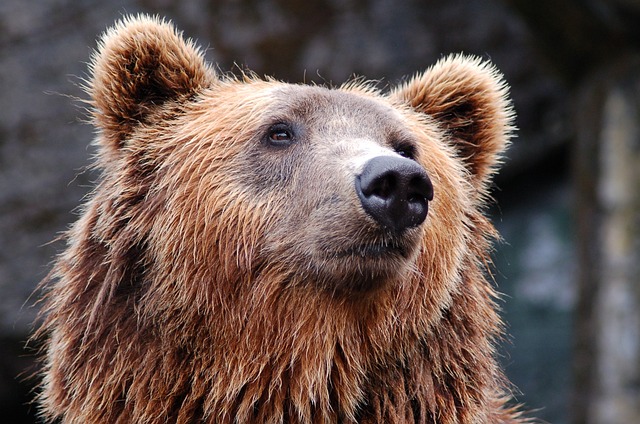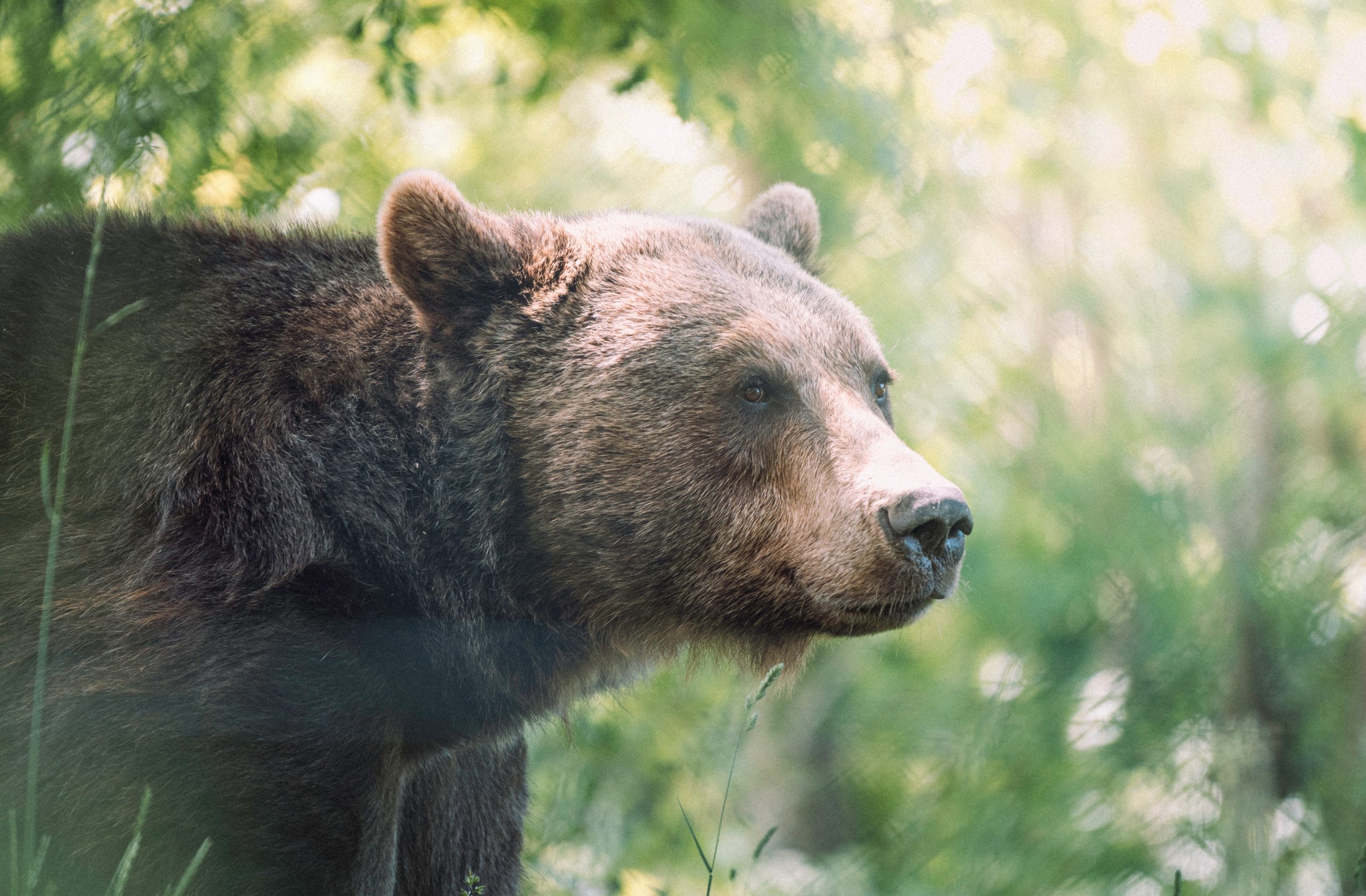There’s no denying the awe-inspiring power of encountering a bear in the wild. These majestic creatures command respect, and it’s crucial for hikers to understand their behavior to coexist peacefully. Encounters can be thrilling but also dangerous if not handled properly.
This guide aims to provide a comprehensive overview of bear behavior, prevention of unwanted encounters, and the appropriate actions to take should you come across a bear on your hiking adventures. It’s not just about ensuring your safety, but also about respecting the bear’s natural behaviors and habitat.
Understanding Bear Behavior

Bears are complex creatures with behaviors that vary by species, individual, and situation. Commonly encountered in North America are black bears and grizzlies, each with their own typical behaviors. Black bears are generally less aggressive than grizzlies, but both species can pose a threat if they feel threatened or are surprised.
Bears play an important role in the ecosystem, helping to control the population of other animals and insects, and dispersing seeds through their droppings. Understanding why bears might come into contact with humans is crucial. They may be attracted by the smell of food, feel threatened, or be protecting their young.
Recognizing Bear Signs
Recognizing bear signs can help you be more aware of their presence and possibly avoid an encounter. Look for bear tracks, droppings, and claw marks on trees. Each species leaves distinctive signs: for instance, grizzly bear droppings may contain small bells and smell of pepper spray.
Bear vocalizations and body language can also provide clues about their mood and intentions. A clacking jaw or a charge that stops short could mean a bear is feeling threatened and warning you to back off.
Preventing Unwanted Bear Encounters
Preventing bear encounters starts with how you manage food and trash. Store food in bear-resistant containers and hang them out of a bear’s reach. Don’t leave scraps or trash that might attract bears to your campsite.
Making noise while hiking can help alert bears to your presence and avoid surprising them. Consider hiking in a group, as bears are less likely to approach larger numbers of people. Avoid hiking at dawn and dusk when bears are most active and visibility is low.
What to Do If You Encounter a Bear
If you spot a bear at a distance, enjoy the sighting but don’t approach it. Give the bear plenty of space to continue its activities undisturbed. If a bear is moving in your direction, make yourself known by speaking in a calm, assertive voice and slowly backing away.
If a bear approaches you, stand your ground. Raise your arms to make yourself appear larger, and speak firmly. If the bear continues to approach, use your bear spray.
In the rare instance of a bear charge, use your bear spray and prepare to fight back if necessary. Remember, this is the bear’s last resort and is usually a defensive act, not an aggressive one.
The Proper Use of Bear Spray
Bear spray is a highly effective deterrent when used correctly. It should be easily accessible, not stowed away in your backpack. Practice using it before your hike so you’re familiar with how to unlock and spray it.
Use bear spray only when a bear is approaching you and is within the effective range of the spray (usually around 20-30 feet). Aim slightly downwards, as the spray will form a cloud that the bear will run into.
Bear spray isn’t a guarantee of safety, but it significantly increases your chances of escaping a bear encounter without injury. Remember, the best way to handle bears is to avoid encounters in the first place.
What to Do If a Bear Attack Occurs
In the unlikely event of a bear attack, it’s important to know how to respond. If you are attacked by a brown/grizzly bear, play dead. Lay flat on your stomach with your hands clasped behind your neck. Spread your legs to make it harder for the bear to flip you over.
If a black bear attacks, do not play dead – fight back. Use any available tools as weapons, such as rocks, sticks, or even your fists. Aim for the bear’s face, particularly the eyes and snout.
Regardless of the species, once the bear leaves, get to a safe place and assess your injuries. Seek immediate medical attention. Even minor wounds can become serious if not treated promptly.
Conclusion
Encountering bears or other wildlife while hiking can be a thrilling experience, but it’s important to respect these magnificent creatures and understand their behaviors. This not only ensures your safety but also helps to protect the bears and their natural habitat.
Remember, prevention is the best policy. Make noise while hiking, store food and trash properly, and be aware of your surroundings. If you do encounter a bear, keep your distance, do not run, and have your bear spray ready.
With the right knowledge and preparation, we can coexist peacefully with bears in the wild, fostering a greater respect and appreciation for these incredible animals. Stay safe and happy hiking!


